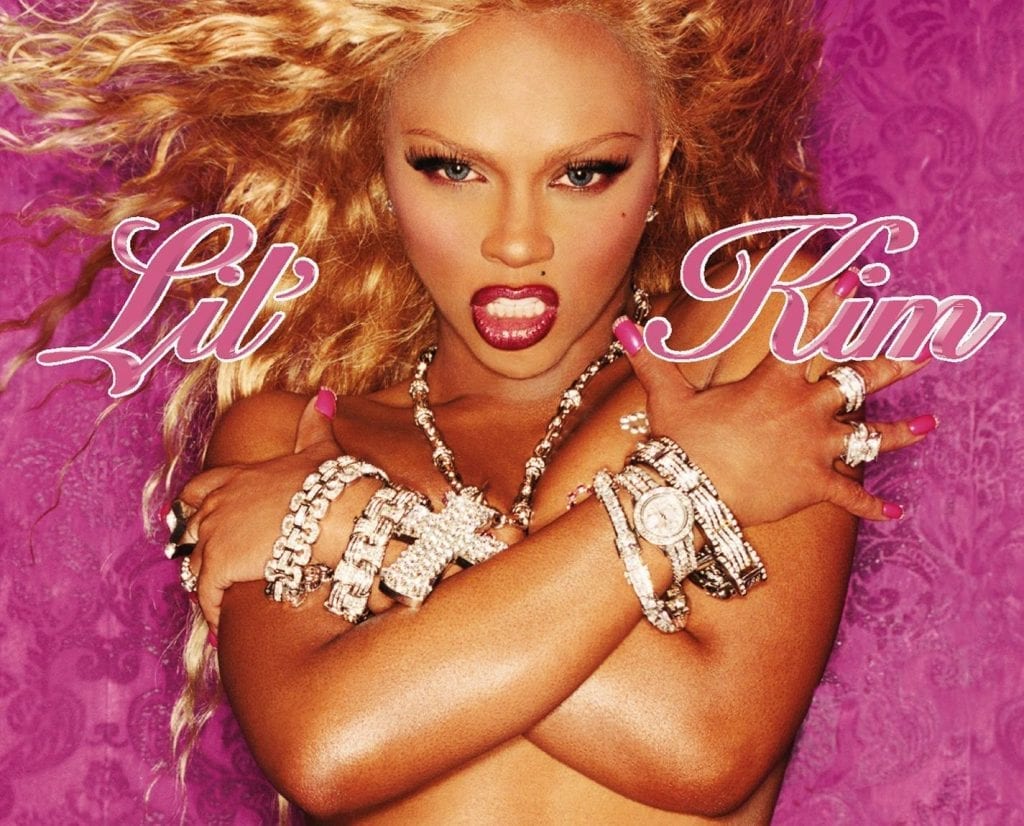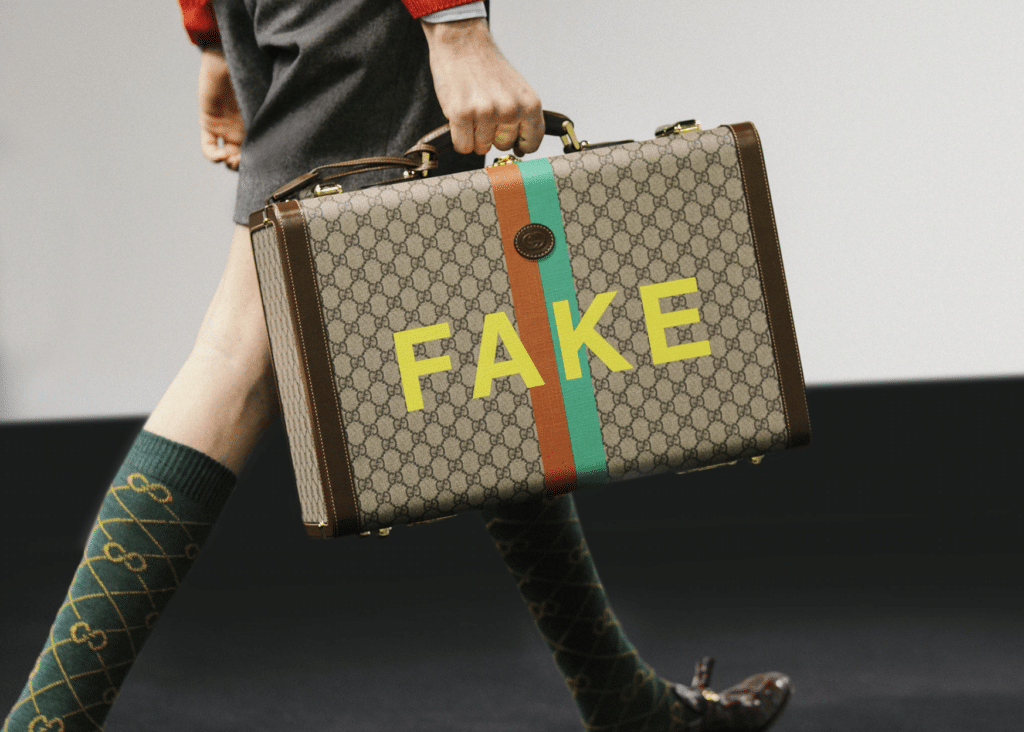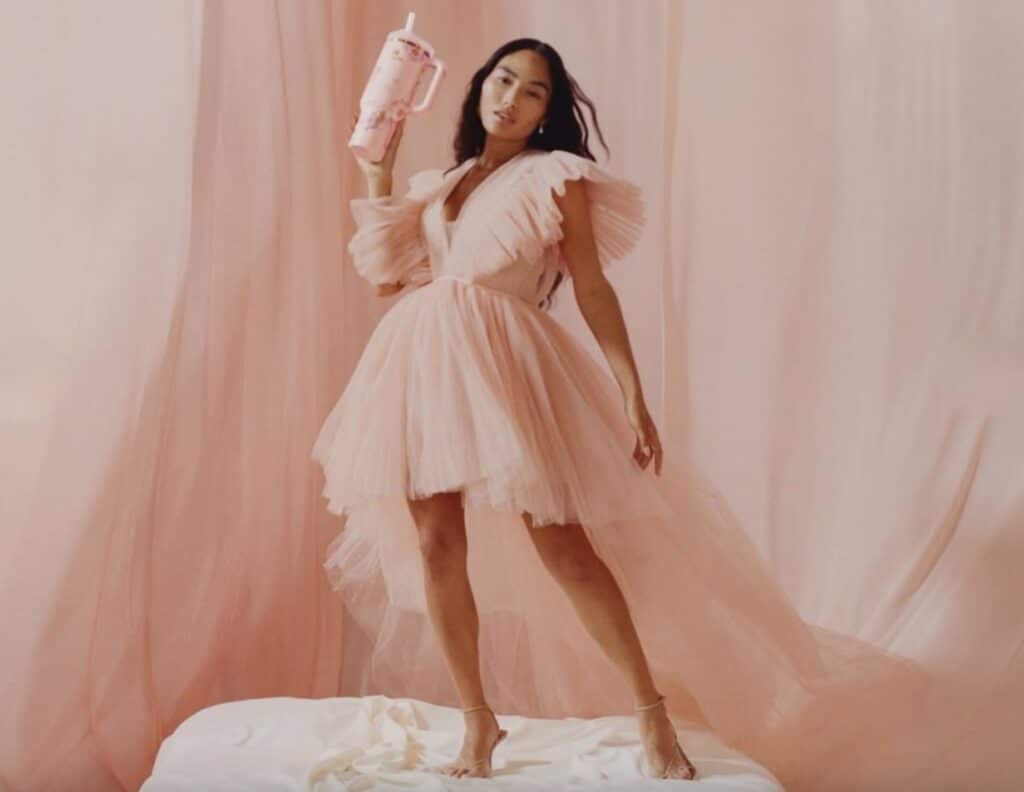Every year right around the time that the Council of Fashion Designers of America announces the nominees for each of its annual honors, including the coveted Fashion Icon Award, social media becomes inundated with suggestions for who should be on the receiving end of the latter prize. One of the most frequently cited individuals: Kimberly Denise Jones. Yes, the court of public opinion has voted and they want to see Jones, otherwise known as Lil’ Kim, take home the award bestowed upon boundary-pushing style-setters.
The suggestion of Lil’ Kim as a Style Icon Award recipient is not far out of left field … at all. In fact, it is almost senseless that Kim has not stormed the stage to accept the award already; she is certainly deserving for a number of reasons, not least of which is her enduring personal style, which is arguably just as influential in 2017 as it was when Kim first broke into the music industry in 1995 at 20 years old as the protégé of the late Notorious B.I.G.
Stylistically, An Icon
Over the years, Brooklyn-born Kim – with the help of her longtime stylist Misa Hylton, a creative strategist and mastermind in her own right – developed a handful of easily identifiable style signatures, which she made known on the world stage: In her music videos, on her album covers, on magazine covers (she was the first black women to cover Nylon magazine), on the red carpet at music or fashion awards shows, at the annual Metropolitan Museum of Art Costume Institute Gala, and when she is perched in the front row of fashion shows (she has nary missed a Marc Jacobs show in the past two decades).
Having said that, no shortage of those privy to fashion and/or music goings-on over the past 20 years can identify at least one of the quintessentially Lil’ Kim looks. There is her well-documented penchant for boldly-colored furs. You may recall the cropped lime green fur coat she paired with a lime green bikini and a gold Chanel chain belt for Diddy’s “No Way Out” tour in 1997. Or how about the floor-length baby pink fur coat that she wore with knee-high snake skin boots and yes, another bikini – this one embellished with gold studs – to attend the Tommy Hilfiger “Rock Style” Exhibition at the Metropolitan Museum of Art in New York in 1999?
Do not overlook her proclivity for barely-there body suits, her love of rainbow colored wigs, and her early adoption of athleisure – the Queen Bee often opted for Chanel sportswear. And, of course, she has long been a well-known proponent of designer logos. There were countless Louis Vuitton, Fendi, and Chanel-printed garments and accessories in her wardrobe rotation, even a Versace Greek key logo-printed blonde wig.
But most notably: It is almost impossible to forget (for me, at least) the iconic David LaChapelle-lensed photo in which she is totally nude save for painted-on Louis Vuitton Toile Monogram tattoos and a matching hat. (Rumor has it: The shoot – which was featured on the cover of Interview Magazine in 1999 along with the tag line “The Big Talent of Lil’ Kim” – came about after Louis Vuitton allegedly shot down the idea for a shoot of Lil’ Kim lying naked in an airplane hull surrounded by Louis Vuitton monogram luggage).
Fast forward to today, and not only is Lil’ Kim’s influence being captured in editorials by the likes of CR Fashion Book (just last week, Kim Kardashian was photographed in a Kim-inspired get up for an editorial that will appear in the impending 1999-themed issue of Carine Roitfeld’s publication), it is all over the runway – from New York to Paris.
Gucci’s Alessandro Michele, for instance, is not immune to the appeal of the shimmery, sheer bodysuits that Kim has boldly worn over the years, including to the 1999 Source Hip-Hop Music Awards. Michele showed a similar one in his Fall/Winter 2017 collection. His – and others’ – take on embroidered, embellished and/or deconstructed denim are another ode to the rap superstar. (Remember her fringe-trimmed jeans with the marabou-adorned cuffs?).
Rihanna’s collection for Puma has a dose of Kim each season – with its mix of crop tops-with-briefs, hooded frocks, and statement fur coats. This should come as little surprise as the collection’s creative director Melissa Battifarano is a well-respected name in the game, initially cutting her teeth at Tommy Hilfiger, Ecko, and Sean John – and the singer herself has name-checked Lil’ Kim as an inspiration.
Those trends are arguably small change, however, compared to the ones that have followed from one of Kim’s all-time most striking – and memorable – looks: The purple one-sleeved, one-piece paired with a single sequin pasty.
Reflecting on the fashion moment some 20 years later, Marcus Holmlund wrote for the New York Times: “Hylton lavishly un-dressed Lil’ Kim to make her into the provocateur she’s recognized as today, finding femininity in her overt sexuality — including the now-infamous single-pasty look that Hylton created from Indian bridal fabric for Kim to wear to the MTV Video Music Awards in 1999.”
As Hylton told the Times, “By the morning, [Kim’s photo] was on every newspaper in the world.” At the time, Holmlund writes, “the look made headlines as a fashion faux pas.” Today, however, it is “recognized as a seminal pop-culture moment.” Need further proof of Kim’s enduring influence? Not all that long after that New York Times article was published, rapper Nicki Minaj made the rounds at the Fall/Winter 2017 shows in Paris in a one-sleeved velvet Mugler top complete with a single pasty.
More Than a Force in Fashion
Writing for i-D last year, Jake Hall noted that fashion has never been immune to the force of Lil’ Kim. “Unsurprisingly, the fashion industry was quick to embrace the colorful, courageous style that came alongside her sex-soaked lyrics,” he states. Vogue echoed this recently, writing: “Kim raised eyebrows, but her risk-taking and luxurious approach to fashion also made her a designer muse. Marc Jacobs, Donatella Versace, and Giorgio Armani all clamored to dress the rapper, and she reinvented their designs in a refreshing and audacious way in turn.”
But there is (and there has always been) more to Lil’ Kim that her role as a fashion plate. (Although, it is certainly worth pointing out that in today’s largely homogenized fashion world, a bold, independent, risk-taking fashion figure is not an everyday occurrence). In writing the following line – “As the only female member of the hip hop group Junior M.A.F.I.A. the Queen Bee was wise to use fashion as a way to steal the show” – CR Fashion Book picks up on one very interesting and important aspect of the force that is Lil’ Kim.
Lil’ Kim made a name for herself as a bona fide force in rap beginning in the mid-1990’s, when the game was (and to be frank, still is) almost entirely dominated by men. That is no small feat.
Erik Nielson, writing for NPR’s Code Switch a few years ago, put it well: “There’s no escaping that rap music has been dominated by men, but there was a time when women were a far more significant presence.” He goes on to state, for example, “the decade leading up to 2003, the last year a female artist had a platinum album before Nicki Minaj.” The last female artist that he is referring to: Lil’ Kim, who along with Salt-n-Pepa, Da Brat, Foxy Brown, Eve, Lauryn Hill and Missy Elliott, “allow[ed] (or forc[ed]) the genre to be defined, at least in part, by a woman’s perspective” during that time.
It is in this role – the one of the inspired, confident, self-aware, multi-faceted and TALENTED woman in a largely male-dominated field – that Kim is particularly powerful. This is why she was more than just some female rapper. (One of the many “fun” misogynistic phrases often applied to diminish women).
To be frank, she was “the first high-profile female rapper to flip the script on female objectification in the rap industry,” writes Hall – this time for Dazed Digital. “She set herself apart by owning, weaponizing, and celebrating her unapologetic sexuality. The result was an unprecedented success which, to date, has sold more than six million copies worldwide.”
Now, some 20 years later, Hall states, “Kim remains an anomaly due to her willingness to flaunt her sexuality and flip the script on men with raw, explicit lyrics. She may have been sexualized, but she was never unaware – she was more than willing to strip down, sex up, and dare men to desire her. By doing so, she set an example for women restricted by conservative values that tell women they can either be smart or sexy, but rarely both. Women are taught that to exploit their sexuality is to devalue their mind – Kim stuck two fingers up at this.”
In terms for her ability to impact fellow women in the music world, that is as strong as ever, not only does she serve as a mentor to young talent, she has effectively paved the way for names ranging from Trina and Nicki Minaj to Azealia Banks and Cardi B – among many others. In terms of fashion, Kim’ stylist Hylton might sum it up most aptly, “I like to see that my ideas from 20 years ago still resonate today.” Central to that: Lil’ Kim, a fashion icon worthy of awards











